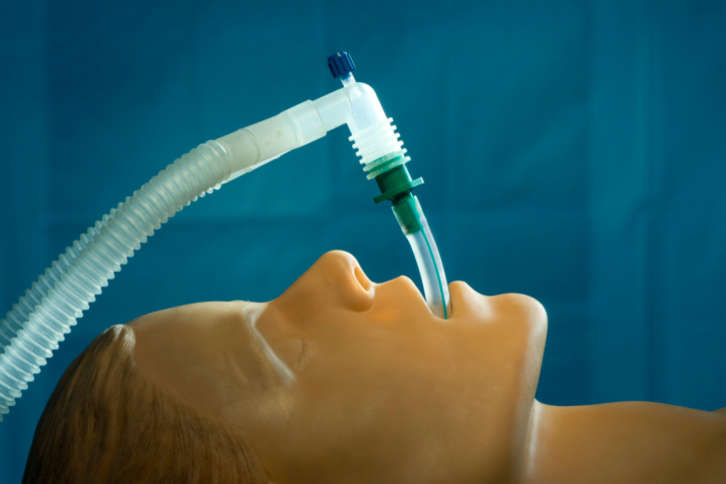Hospital-acquired pneumonia (HAP) and ventilator-associated pneumonia (VAP) – which account for 20 to 25 percent of hospital-acquired infections – should be treated with shorter courses of antibiotics than they typically are, according to new guidelines released by the Infectious Diseases Society of America (IDSA) and American Thoracic Society (ATS) and published in the journal Clinical Infectious Diseases. Among its authors, there is Dr Jordi Carratalà, leader of the Infections of the ‘Respiratory Tract and in Immunocompromised Host Infections’ research group at the Bellvitge Biomedical Research Institute (IDIBELL). Mechanical ventilators help patients breathe when they are having surgery with general anesthesia or for those who suffer from impaired lung function. One of every 10 patients on a ventilator gets ventilator-associated pneumonia (VAP), which is fatal about 10-15 percent of the time. While Hospital-acquired pneumonia (HAP) typically is a less-severe infection, half of patients have serious complications, including respiratory failure, heart failure, septic shock and kidney failure.
The new guidelines, created by a multidisciplinary panel led by infectious diseases, pulmonary and critical care specialists, recommend 7 days of treatment and the use of an antibiogram, a regular analysis of the strains of bacteria causing pneumonia infections locally as well as which antibiotics effectively treat them. These recommendations reflect a change from previous 2005 guidelines to ensure safe and effective treatment while limiting the development of antibiotic resistance.
According to Dr Carratalà, who is the only Spanish member of the guidelines panel, “the previous version was written eleven years ago, so the whole scientific community was looking forward to this new edition. It has taken over three years to create these new guidelines, many conference calls and face-to face meetings… Evidence summaries for each question were prepared using the GRADE approach for rating the evidence, which is also a change from the previous guidelines.”
Once clinicians are updated regularly on what bacteria are causing VAP and HAP in their hospitals as well as their sensitivities to specific antibiotics, they can choose the most effective treatment. This helps individualize care, ensuring patients will be treated with the correct antibiotic as soon as possible. Newer evidence suggests that the shorter course of treatment does not reduce the benefits of therapy; in addition this can reduce antibiotic-related side effects, antibiotic resistance and costs.
In addition to Dr Carratalà, the guidelines panel included Drs. Kalil and Mark L. Metersky (Co-Chairs), Michael Klompas, John Muscedere, Daniel A. Sweeney, Lucy B. Palmer, Lena M. Napolitano, Naomi P. O’Grady, John G. Bartlett, Ali A. El Solh, Santiago Ewig, Paul D. Fey, Thomas M. File, Jr., Marcos I. Restrepo, Jason A. Roberts, Grant W. Waterer, Peggy Cruse, Shandra Knight and Jan L. Brozek.

